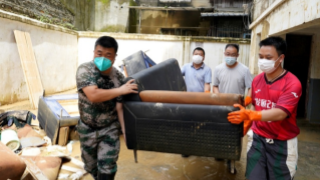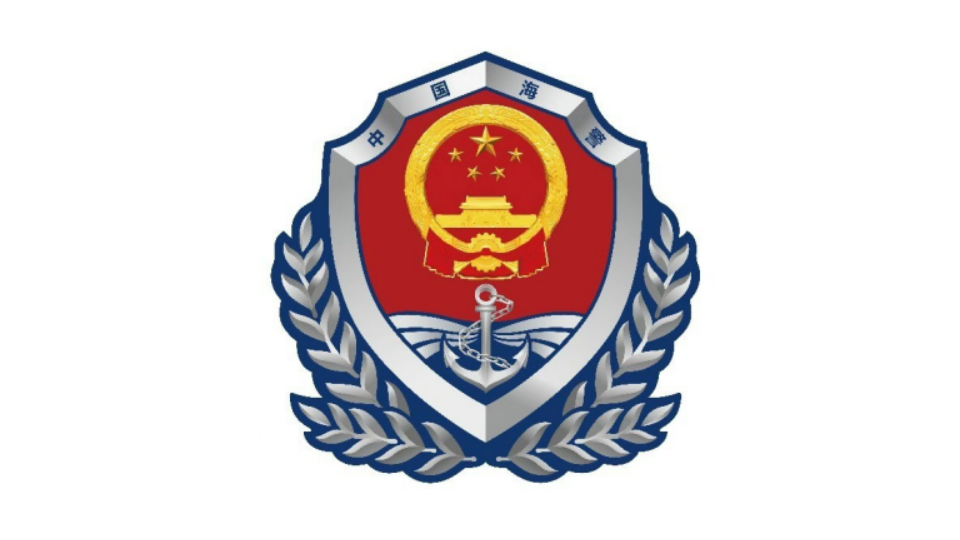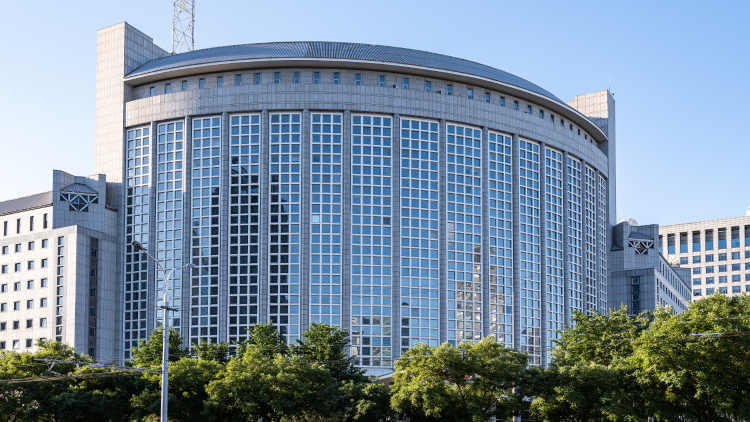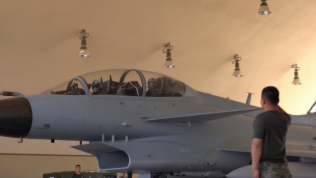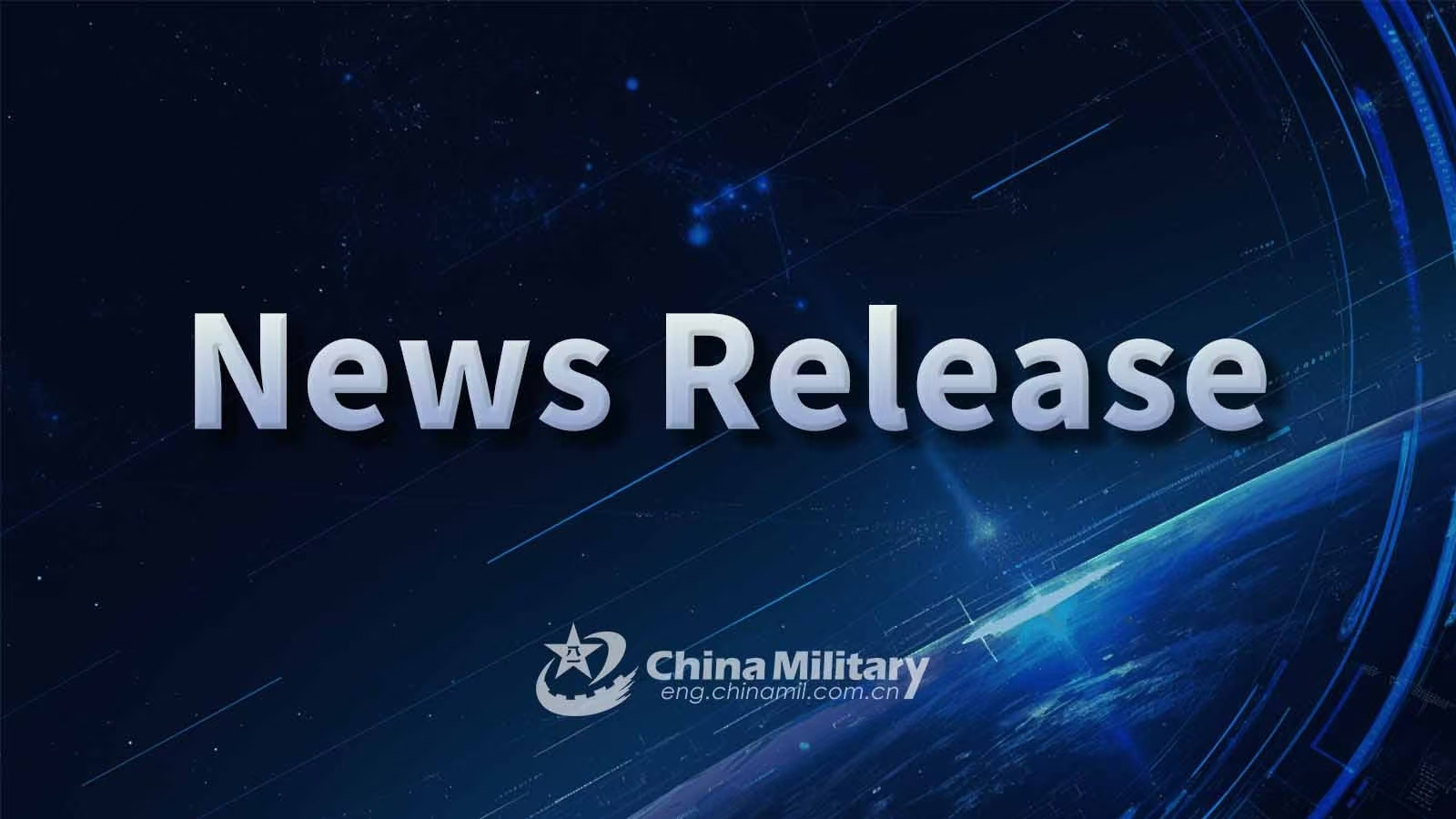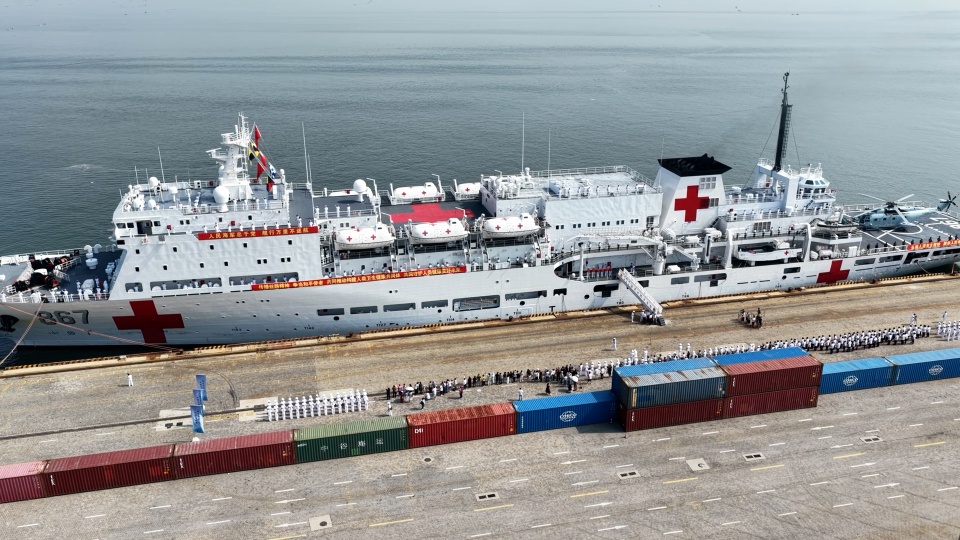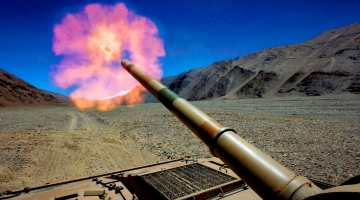By Li Zhe and Zhou Tong
Not long ago, during the visit of the US Secretary of Defense Lloyd Austin to the Philippines, the media disclosed a US military task force named after the Philippine name of China's Ren'ai Jiao. It is said that the US military is supporting the Philippines' operations in the South China Sea through this task force. During the third US-Philippines Maritime Dialogue held earlier, the US agreed to provide financial assistance to the Philippine Coast Guard (PCG) for projects including infrastructure development, personnel training, and equipment upgrades. The frequent efforts of the US to strengthen maritime military ties with the Philippines reveal its sinister plot to position the Philippines as a pawn in its strategy to contain China in the South China Sea region.
In recent years, the US has continuously strengthened its military ties with the Philippines, ranging from providing equipment and technical assistance, sharing military facilities, to conducting joint maritime patrols and exercises with the Philippines. Though cloaked under the guise of fulfilling alliance obligations, the actions of the US are driven by its own ulterior motives. Fundamentally, it aims to use the Philippines to implement its so-called offshore balancing strategy. What is particularly noteworthy is that the US, under the pretext of deepening maritime cooperation, is ramping up its assistance to the Philippines, continuously enhancing its maritime capabilities and emboldening its acts of provocation and infringement in the South China Sea.
The US has been assisting in the modernization of the PCG and enhancing its capabilities for operations in the "gray zone." The US has always regarded the Philippines as a critical strategic asset in its "Indo-Pacific Strategy" and worked to mold the country into a loyal ally that is under its control and direction. The PCG, as a quasi-military force, operates with a certain degree of stealth and flexibility in its actions. Under the guise of assisting the modernization of the PCG, the US continues to enhance the Philippines' capabilities in maritime law enforcement, patrol, and surveillance. Meanwhile, the Philippines is actively aligning with US strategic intentions, placing greater emphasis on building the capacity for "gray zone" operations. It seeks to shift away from the traditional model of naval forces confronting other countries and instead chooses to increase the frequency and intensity of provocations by upgrading the Coast Guard and encouraging civilian involvement.
The US has been enhancing the Philippines' joint operational capabilities and building its wartime readiness. Through deploying task forces and assisting in the construction of the PCG, the US aims to transform the Philippines into a "plug-and-play" force for the US in the Indo-Pacific region by enhancing command control, intelligence sharing, and manned-unmanned coordination. The US and the Philippines frequently conduct bilateral or small multilateral joint patrols and exercises to continuously improve their joint operational capabilities. In June 2023, the PCG, the US Coast Guard (USCG), and the Japan Coast Guard (JCG) held their first joint maritime exercise. In July this year, the PCG and the JCG participated in a USCG patrol operation in the Western Pacific. It is reported that the three parties plan to conduct a series of joint training and patrols next year to further strengthen the small coalition for the US in the Indo-Pacific region.
The US has been advancing military ties between the Philippines and itself, as well as with its allies, by means of forward deployment, military aid and arms sales. Currently, the US has deployed weaponry in the Philippines, including the Typhon Mid-Range Capability missile system and the MQ-9A drones. In July of this year, the US committed $500 million in foreign military financing to the Philippines. Recently, the US delivered an unmanned surface vessel as part of this military aid package. In addition, the US has encouraged its allies to generously support the Philippines and enhance its "hard power" through military aid and arms sales. In October this year, ROK President Yoon Suk Yeol made his first visit to the Philippines and promised to cooperate with it in defense and maritime security. This includes enhancing military aid to the Philippines, supporting the modernization of the PCG, and conducting joint training with the Philippine forces. In May this year, Japan provided loans to fund the construction of five large patrol vessels for the Philippines.
The increasing maritime cooperation between the US and its allies with the Philippines encourages more provocative actions in the South China Sea. For the Philippines, while the aid from the US and its allies offers short-term benefits, it essentially serves as a tool for advancing US hegemony. Strengthening ties with the US will ultimately increase its own security risks. It is clear to the international community who is provoking military confrontation in the South China Sea and escalating regional tensions. The US and the Philippines should recognize the security concerns of countries in the region and cease their dangerous actions that intensify the situation.
(The author is from the PLA Academy of Military Sciences.)





